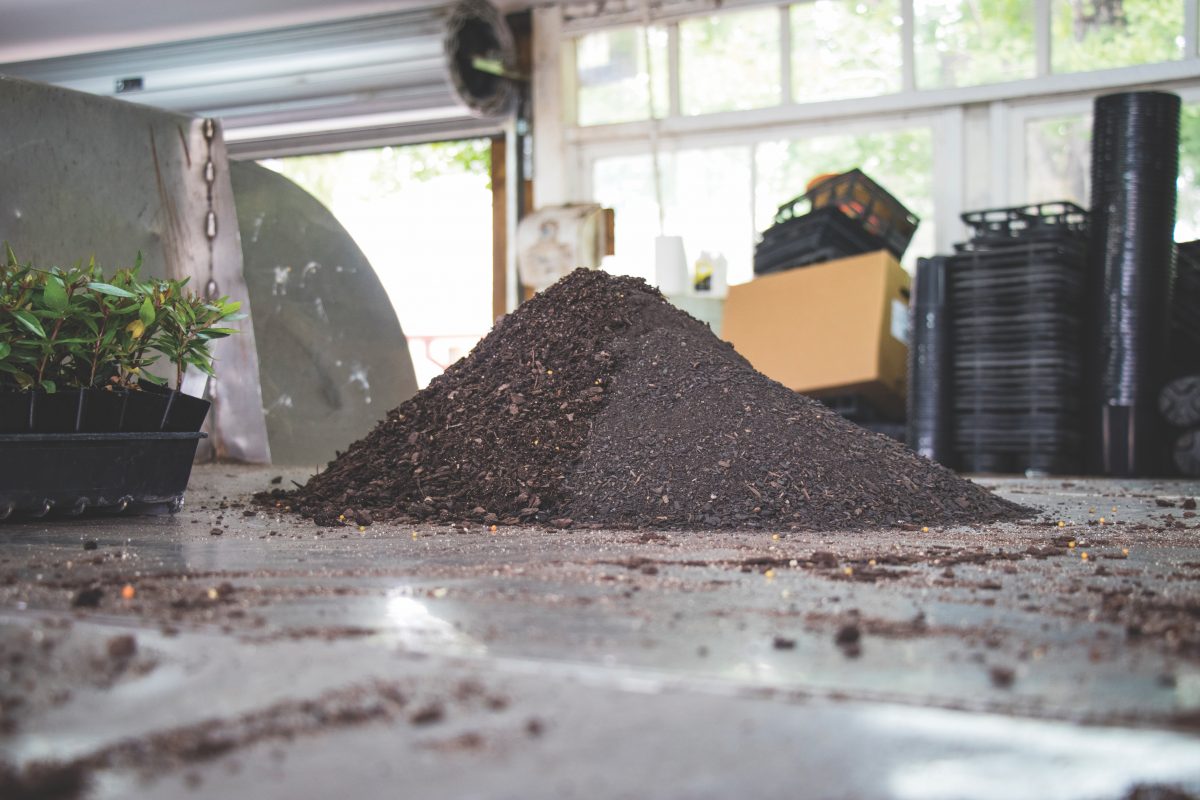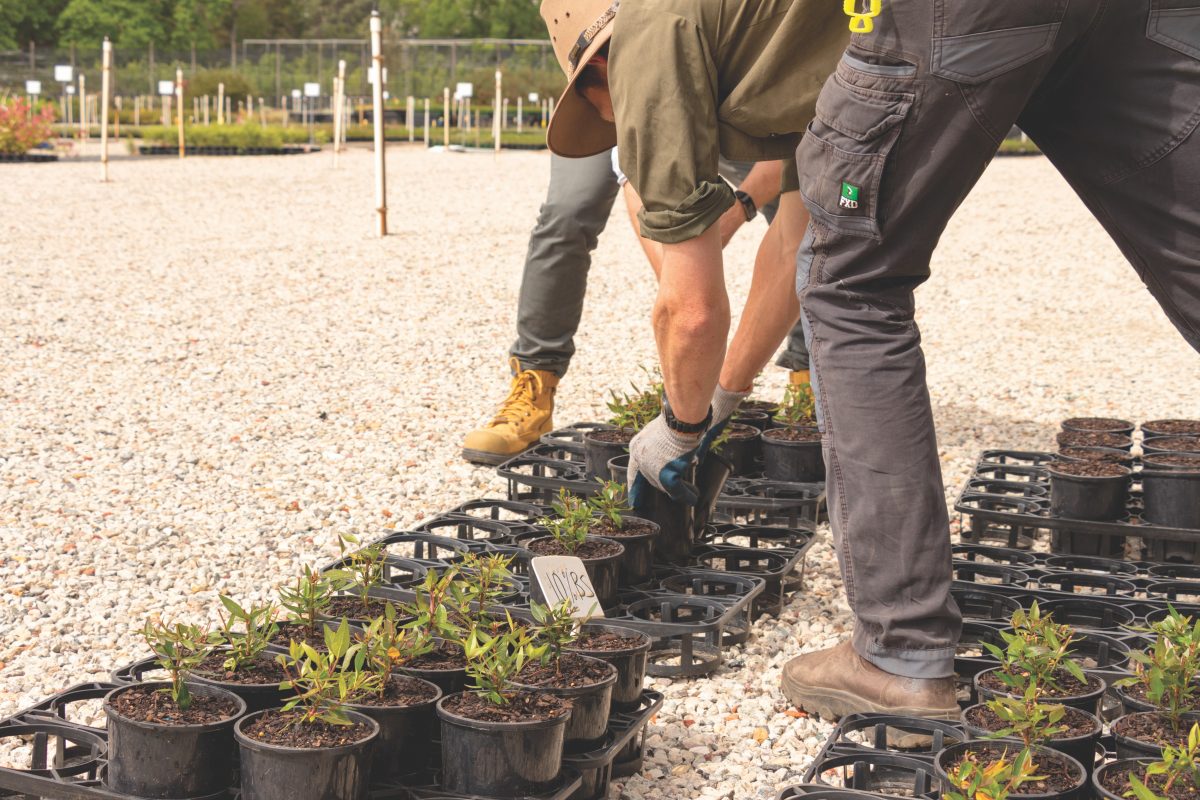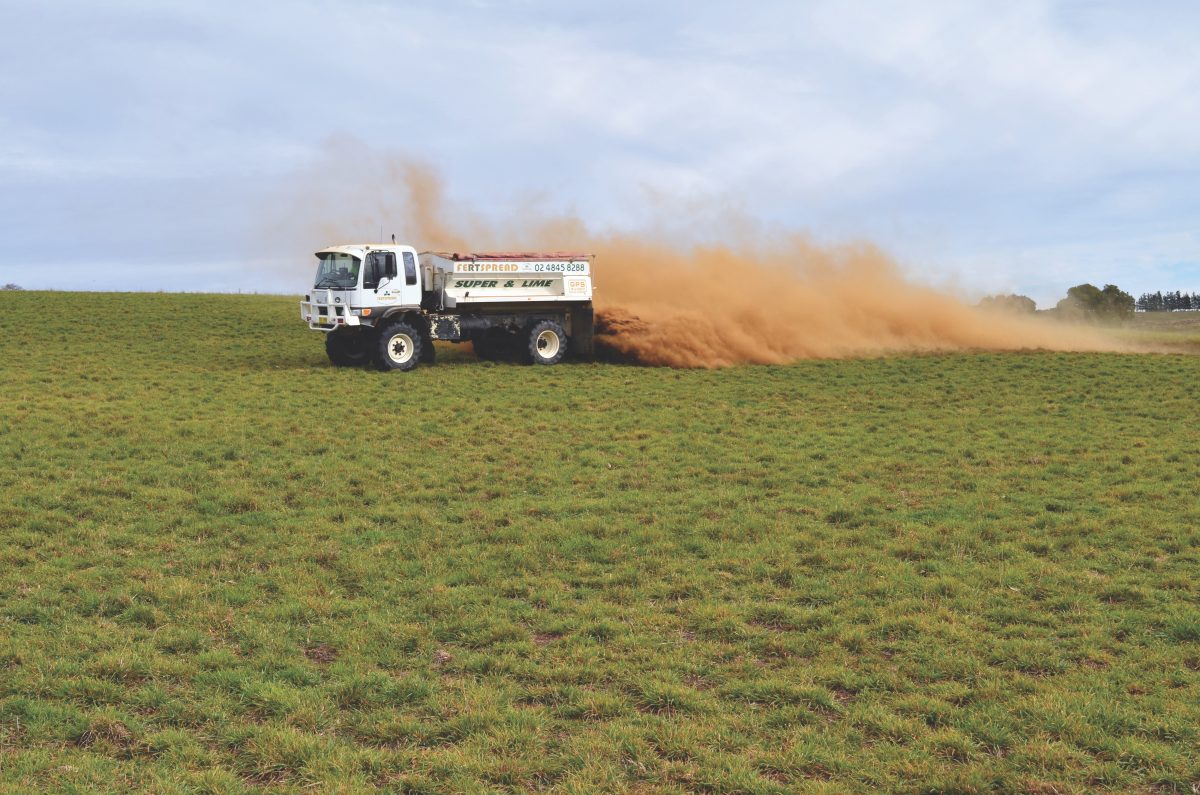
Biochar could be a pioneering product in carbon sequestration. Photos: Icon Water.
Cutting-edge technology being developed in Canberra is investigating how biosolids from poo might be transformed into “biochar” that could support local horticulture and “bury potent greenhouse gases”.
The project is an Icon Water ANU collaboration and will take place over the next 18 months.
At the Next Water 2023 Conference last week, leading water and environmental experts Ben Bryant and Dr Wolfram Buss laid out how the project would conduct trials to gauge the success rate of biochar on local agricultural products compared with conventional fertilisers.
Until now biosolids, a by-product produced in treating the sewage from Canberra’s wastewater network, have been turned into ash, making it safe and useful for soil pH and nutrient enhancement.
However, the biosolids sent to Icon Water’s Lower Molonglo Water Quality Control Centre (LMWQCC ) “holds the potential to both bury potent greenhouse gases and become an even higher-value agricultural product” known as biochar, according to Mr Bryant.
“People don’t want to pay too much attention to what happens after they flush the toilet, and that’s fair enough,” he said.
“But I think Canberrans concerned about climate change and the environment more broadly will share my excitement about new technology that could see their biosolids – that’s the technical term – become a high-quality agricultural product that also sequesters carbon.”
Biochar, as its name suggests, is a char-like by-product of a heating process that removes organic contaminants and microplastics.
This process makes it safe to use as fertiliser while retaining long-term stable carbon.
“Utilising this method on Canberra’s biosolids might create a cheap and renewable source of agricultural product that can be made locally,” Mr Bryant explained.
“We could be contributing to the development of an environmentally friendly agricultural product that supports a local circular economy.”

Plants being cultivated as part of a biochar trial.
Current methods lack components that make biochar a viable alternative fertiliser, such as the release of a key ingredient for healthy plants – phosphorus.
While present in biochar, phosphorus is “locked up with low immediate bioavailability in biosolids biochar compared with conventional fertilisers”, according to Mr Bryant.
“Phosphorus is a finite resource and is becoming increasingly scarce, which makes recycling this product of vital importance,” he said.
“Icon Water, with the ANU, is undertaking research that will investigate methods, such as potassium doping, that can help alleviate these problems and provide the groundwork for the production of optimised, high-value biochar from biosolids.
“The research outcomes will inform Icon Water’s planning for future biosolids treatment technologies.”
The research comes as Icon Water prepares for major upgrades over the next decade to several of the LMWQCC’s major treatment components, including the secondary treatment bioreactors and biosolids treatment facility.
In their draft price decision for the next five years, the Independent Competition and Regulatory Commission has backed plans for Icon Water to spend 35 per cent of its $700 million capital investment program on the upgrades.
The LMWQCC plant was built in the 1970s and was designed to process wastewater for a Canberra population of around 500,000.
Many of its major components have reached or will soon reach the end of life.

If current research goes well, Agri-Ash (pictured here in action) could be replaced by biochar, a product that could both bury potent greenhouse gases and become a superior agricultural product.
Given Canberra’s population is already over the 450,000 mark and growing faster than previously estimated, the upgrades are critical to ensure the plant’s ongoing reliability, efficiency and safety.
This presents a valuable opportunity whereby turning waste into a valuable resource and sequestering (capturing, securing and storing carbon dioxide from the atmosphere) is no longer a sort of alchemy, but a reality.
“Carbon sequestration has been talked about as a vital part of climate mitigation for decades. However, it has proved elusive,” Mr Bryant said.
“The reality is that carbon sequestration will be a vital part of climate mitigation, and when it comes to wastewater there is a very real and large-scale potential to transform potent greenhouse gases into soil conditioner and plant food instead of contributing to climate change.”












